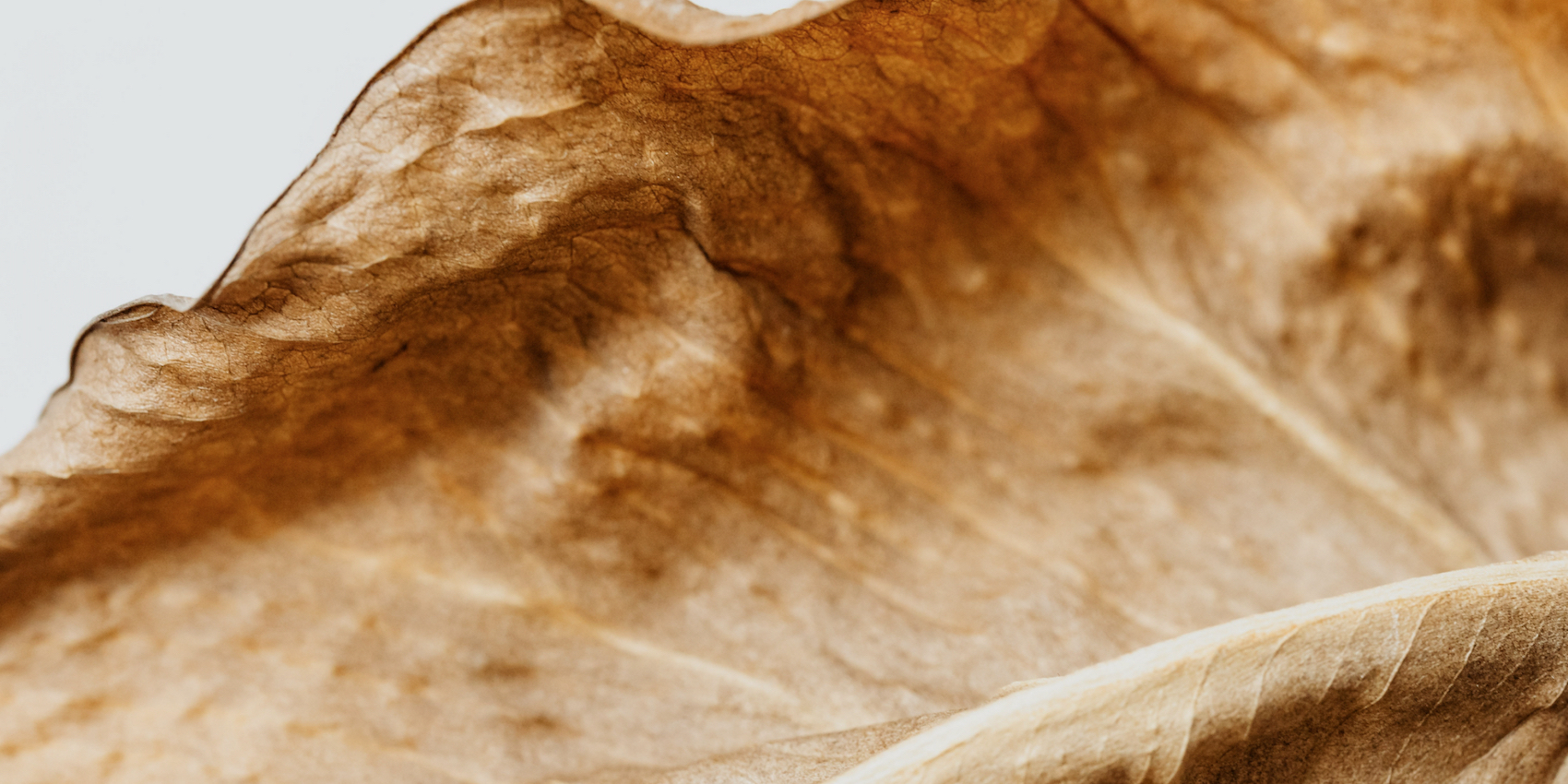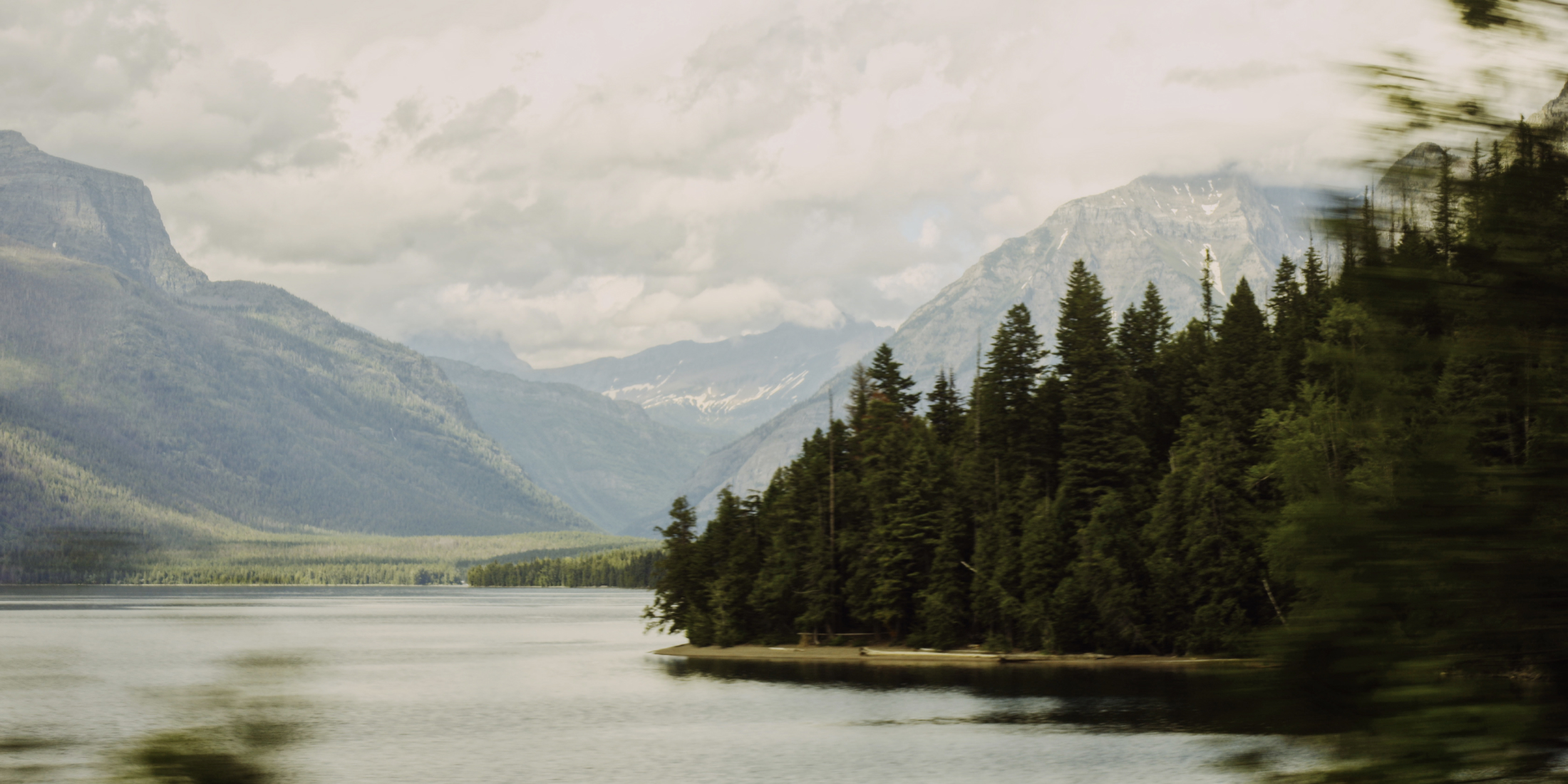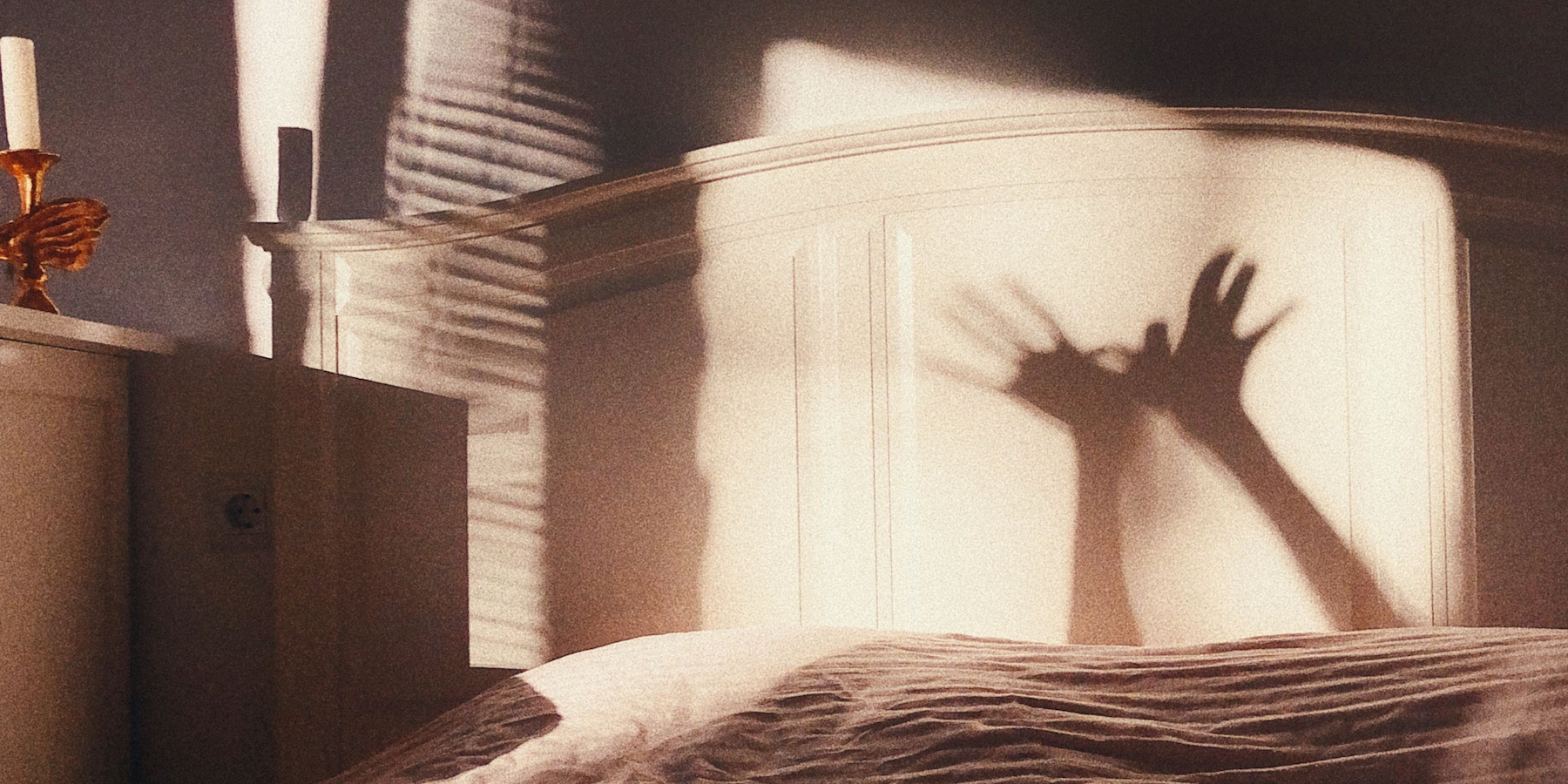At the end of 2018, I felt like I was completely in flow with life, with my work, with my home and even with the universe itself. Then, everything crashed down around me and I spent more than a year trying to pick pieces of my previous life from out of the rubble. The fact that 2020, the year of a global pandemic, is still a better year for me than 2019, speaks volumes.
There were moments in the past year and a half that I wondered how it was still possible that I was breathing. There is something in the nature of loss, something in the nature of grief, that cracks us wide open to a gloaming sky, full of the colours of ourselves that we never even knew existed. In these moments of deep suffering, we have the opportunity to meet ourselves, raw and vulnerable, and to understand the depths of our humanity.
What Do We Do With Suffering?
What we do with our suffering informs so much of our daily existence and experience. When we stuff it down, when we hide it away and pretend it’s not there, it often locks itself within the body and blocks our vital life energy centres. We can experience these blockages in a myriad of ways, from breathing difficulties to pain in the hips to chronic inflammation of the lower back, and so much more. Yet, when we embrace our pain, when we dive into it and explore it, when we give it a name and bring it to the light, we can start to heal, to re-centre and to find balance. After all, pain exists to alert us to problems.
If we touch a hot stove, we do not simply ignore the pain and leave our fingers to smoulder. We remove them. We wash them. We clean the wounds and give them time to heal. Why should our emotional pain be any different? Our emotional pain deserves just as much care, patience and tenderness as our physical pain (and, as noted, the two are often linked anyway, with emotional pain commonly manifesting as physical pain).
Read more about how the body stores tension.
Easing Our Resistance
While suffering can arrive to us in many forms, at the root of most suffering is resistance or non-acceptance. We resist our difficult experiences; we wish and hope for a different reality, and it is through this resistance that suffering is born. This wishing/hoping though, is incredibly human. It’s normal. What is also incredibly human, though, is evolution.
I recently listened to a podcast in which the host interviewed his dying mother. It was a deeply raw and vulnerable episode of the show—so much so that I had to pull my car over while driving through southern Italy as my tears were blocking my view of the road. In the episode, the mother said to her son that we only need to look to the Earth for most of our lessons. She noted that the earth is constantly evolving, constantly changing—as are we. She offered the following example: If we look outside and we see a little leaf trembling in the wind and we desire for that leaf to stop trembling, to stop changing or moving, then we suffer. However, if we accept the leaf as it is, there is only a still presence within.
Yet, this idea of acceptance can be tremendously painful, because it effectively means accepting that pain. It means surrendering to whatever exists in the present moment, no matter how uncomfortable it might be.
Surrendering To The Now
Growing up in America, I struggled immensely with the idea of surrender. So much of my Midwestern upbringing was about overcoming, dominating, and making things happen. I grew up with the ‘Go big or go home’ mentality. Every time someone spoke to me about surrender, my mind effectively asked: What do you mean I cannot control everything? What do you mean I cannot change anything I want if I just work hard enough?
There is a paradox in this, though, because, of course, I can change anything if I work hard enough, and that change comes through my perception and my responses to life. The hard work is the inner work, not in the changing of the outside world. The hard work is in getting comfortable with being uncomfortable. The Buddhist nun, Pema Chodron, has a famous phrase: Abandon hope. It sounds awful and devastating, and yet, it isn’t. It is a call to presence, to acceptance, to being here now. Of course, no one wants to hear this because it isn’t pleasant or easy, but these notions of surrender and acceptance offer profound forms of grace.
Read more: Meditation teacher Darren Cockburn explores how to gain freedom from psychological suffering.
Ignoring Our Own Suffering Makes Us Ignore Our Lives
When we ignore our suffering, when we wish it away, we effectively begin to wish our lives away. Cliché as it is, life is full of suffering. Yet, it is suffering that gives us the opportunity to connect more deeply with ourselves and with others. It allows us to move through life with our hands wide-open. When we embrace our pain, we say: Give me everything. Give me every experience. I am here and I am alive, and this is what being here and alive means in this moment. In this way, we live fully, for when we disallow ourselves from experiencing the lows, we also cannot fully experience the highs. Genuinely, there is no light without dark. By plumbing our depths, we create fertile ground for experiencing everything life has to offer us. We pave paths for future highs of which we haven’t yet even envisaged.
Grief and loss have the ability to make us hard or they have the ability to bring us deeper into gratitude. We can look to that trembling leaf outside and we can burst with love for it, for the fact that it is there at all, for the fact that we are here to see it. We drop our current narratives and just tap into the beauty of the moment: ahh, here we are. Then, we might fall back into our narratives—and that is okay, that is also normal. Like nature, everything comes in cycles, in waves.
Creating An Inner Dialogue With Ourselves
Now, possibly more than ever, humans are having to dive inward. We were literally forced to go inside for much of 2020 because of a global pandemic. The pandemic is ripe for creating an inner dialogue with ourselves. Yet, going inside ourselves, journeying through our mental landscapes, can sometimes feel treacherous; however, it is usually the only way forward. For me, yoga and meditation practices offer a map to that inner landscape. The practices offer me a different way to approach myself, my life and my suffering.
Recently, at a retreat in which I was a participant, during a group sharing, I talked briefly about what was a traumatic and haunting childhood. Afterwards, one of the other participants said to me, ‘I would never have guessed this about you. You seem so calm, put-together and joyful’. The cells of my body felt like they danced when receiving this kind and beautiful compliment. Like everyone, I am still healing. I can go very low too. I am still moving through whatever each day offers me, but I am steadfastly grateful for practices that have truly revolutionized my life. Not every practice or every teacher will resonate for everyone, but I am certain that everyone has practices that will resonate for them (and they don’t have to be yoga or meditation-related—they can be anything from dancing to playing with dogs to sitting in nature, etc).
So, here is my final offering to you: speak to your pain, speak to your fears, speak to yourself, and do so kindly. Imagine that you were engaging with your most cherished friend. Listen to them. Embrace them. Listen to yourself. Embrace yourself. Show up and be patient and loving and present. To some, this can sound ‘woo-woo’, and yet, this is the work. This is what yoga is all about—union, within the self and with all that is.







